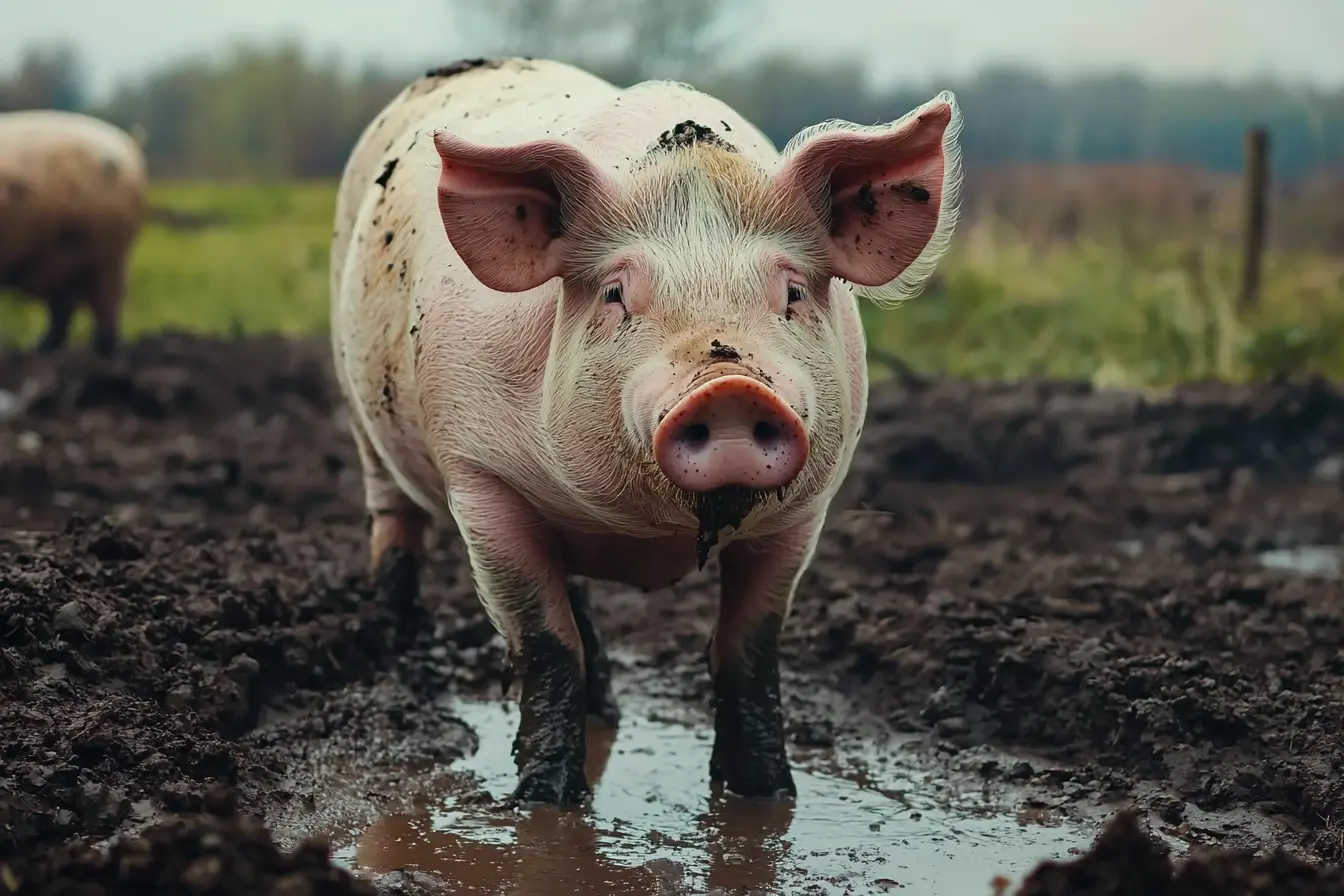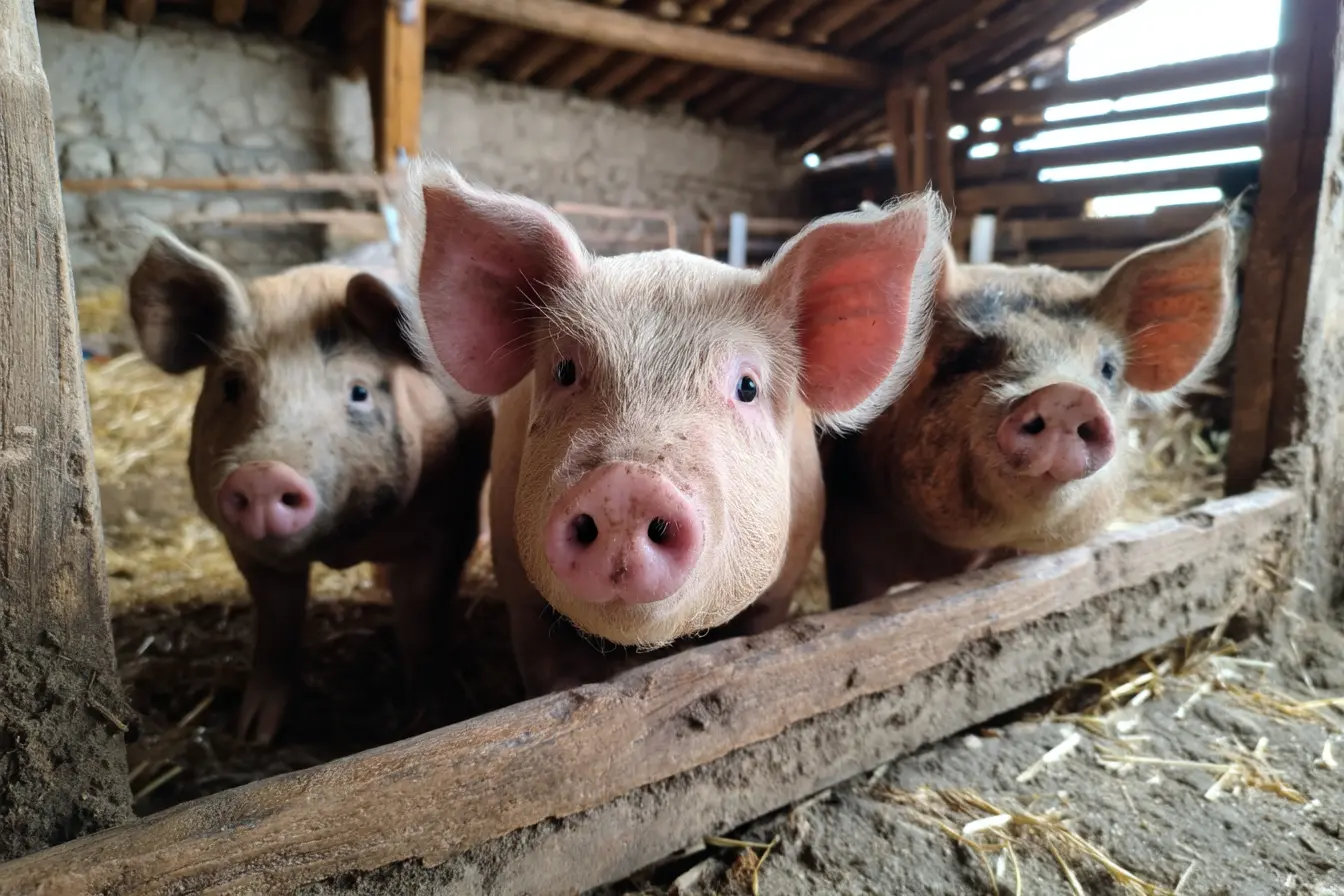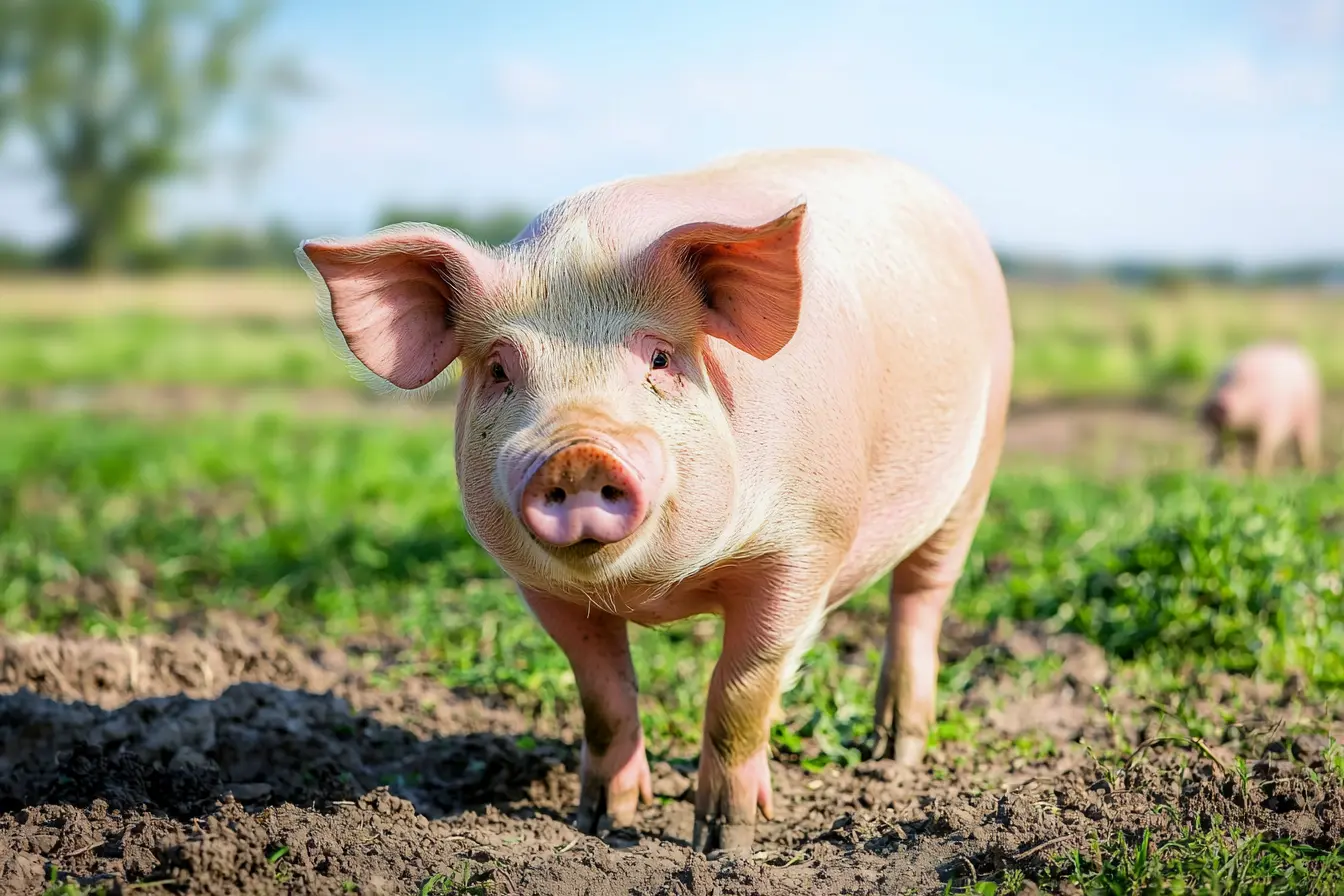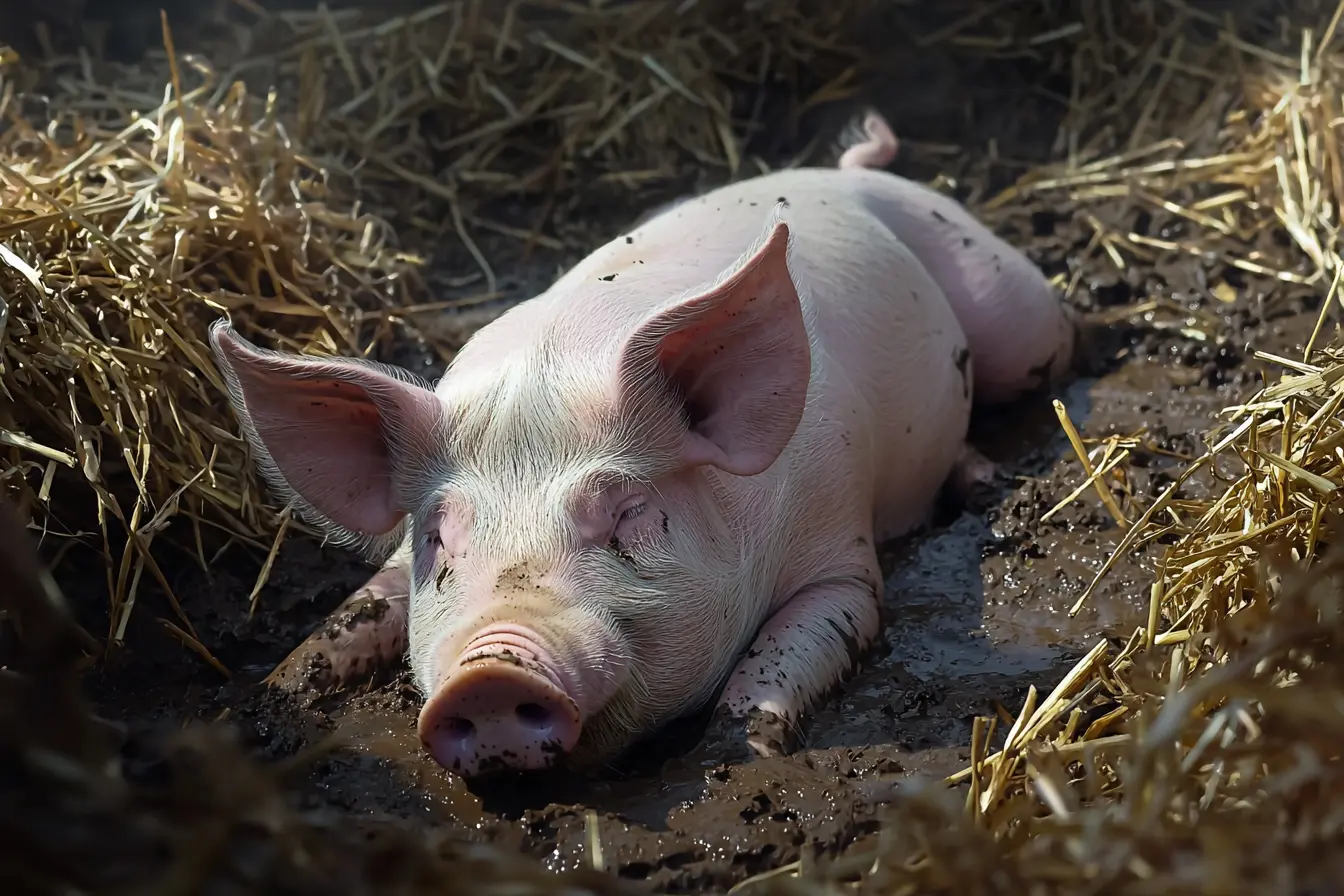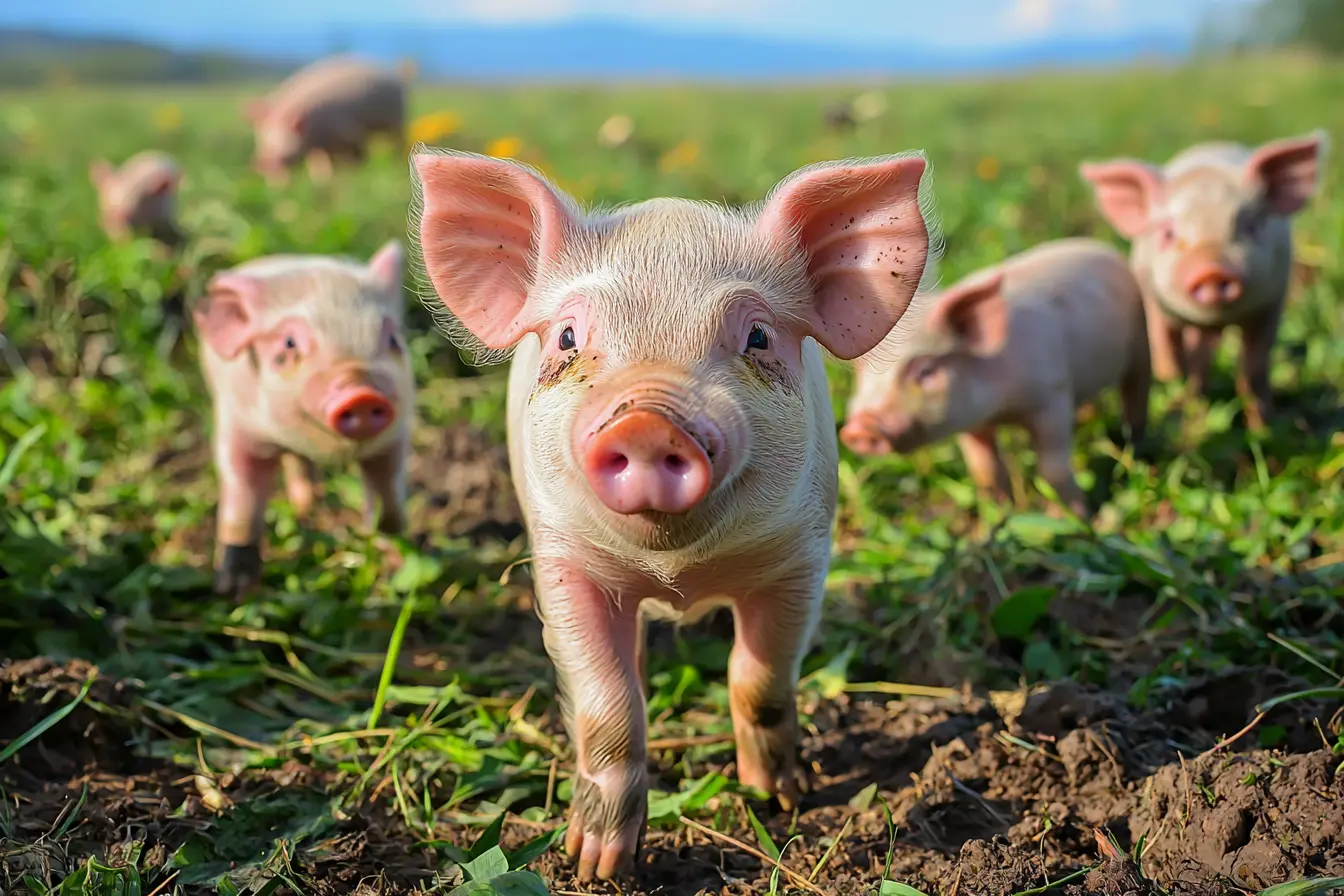
A Complete Guide to Breeding Pigs for New Owners
Breeding pigs can be a rewarding venture, whether you're looking to grow your herd, improve genetics, or simply become more self-sufficient. However, successful pig breeding requires careful planning, the right knowledge, and a solid understanding of pig care. In this guide, we’ll cover everything new owners need to know to breed pigs responsibly and efficiently.
Understanding Pig Breeding Basics
Before you start breeding pigs, it’s important to understand the basics:
Breeding Age
- Sows (female pigs) are usually ready for breeding between 7-9 months of age.
- Boars (male pigs) are capable of breeding as early as 6 months, but it’s better to wait until they are at least 8-9 months old to ensure healthy offspring.
Gestation Period
The average gestation period for a pig is 114 days, or about 3 months, 3 weeks, and 3 days. It’s important to track the sow’s breeding date to predict the farrowing (birth) date accurately.
Selecting the Right Breeding Pair
Choosing the right boar and sow is essential to ensure healthy, productive piglets.
Key Factors to Consider
- Health: Both the boar and sow should be free from diseases and parasites.
- Genetics: Choose pigs with desirable traits such as strong legs, good body condition, and a history of healthy litters.
- Temperament: Avoid breeding pigs with aggressive or nervous behaviour, as these traits can be passed to the offspring.
- Size: The boar should be of similar size or slightly larger than the sow to ensure successful mating.
Mating Pigs
Pigs are seasonal breeders, but most modern pig breeds can reproduce year-round with proper care.
Recognising Heat in Sows
A sow is in heat (ready to mate) every 21 days. Signs of heat include:
- Swollen, reddened vulva
- Restlessness and pacing
- Mounting other pigs
- Standing still when pressure is applied to her back (the standing reflex)
If the sow is in heat, introduce her to the boar in a secure, enclosed area to allow natural mating.
Artificial Insemination (Optional)
If you don’t have a boar, artificial insemination (AI) is a viable alternative. AI allows you to access superior genetics from boars around the world without the need to keep a boar on your farm. You’ll need:
- Fresh or frozen boar semen
- An insemination catheter
- Proper training in AI techniques
Pregnancy Care
Once the sow is pregnant, proper care is essential to ensure the health of both the sow and her piglets.
Nutrition
- Feed the pregnant sow a balanced diet rich in protein, vitamins, and minerals.
- Gradually increase her feed intake as she nears her farrowing date.
- Provide clean, fresh water at all times.
Housing
- Ensure the sow has a clean, dry, and comfortable living space.
- Provide adequate bedding, such as straw, to keep her warm and comfortable.
- Minimise stress by keeping her in a quiet area.
Preparing for Farrowing
About a week before the farrowing date, move the sow to a farrowing pen. This is a specialised area designed to keep both the sow and piglets safe.
Signs of Impending Farrowing
- The sow’s udder will swell and milk may be expressed.
- She may start nesting behaviour, such as moving bedding materials.
- Her vulva will become swollen and soft.
Farrowing and Piglet Care
When the sow is ready to farrow, it’s essential to monitor the process closely.
Farrowing Process
- The sow will lie down and start delivering piglets one by one.
- On average, a litter consists of 8-12 piglets.
- The process can take several hours, with about 15-20 minutes between each piglet.
Piglet Care
- Dry the piglets immediately after birth using a clean towel.
- Ensure each piglet receives colostrum (the sow’s first milk) within the first few hours of life.
- If the sow struggles with feeding, you may need to supplement with a bottle.
Preventing Crushing
One of the biggest risks to piglets is being crushed by the sow. Use farrowing rails or a crate to reduce this risk.
Post-Farrowing Care
After farrowing, both the sow and piglets require ongoing care.
Sow Care
- Continue feeding the sow a high-quality diet to support milk production.
- Ensure she has access to fresh water at all times.
- Watch for signs of mastitis (an infection of the udder) or other health issues.
Piglet Care
- Cut the umbilical cords if necessary and disinfect the stumps with iodine.
- Trim needle teeth to prevent injury to the sow’s teats.
- Iron injections may be necessary to prevent anaemia in piglets.
- Castration (if desired) should be done within the first week of life.
Weaning Piglets
Piglets can be weaned at around 6-8 weeks of age.
- Gradually introduce them to solid feed while reducing their dependence on the sow’s milk.
- Ensure their pen is clean, dry, and warm.
Common Health Issues in Breeding Pigs
- Mastitis: Infection of the sow’s udder, causing pain and reduced milk production.
- Stillbirths: Some piglets may be born dead; this is common, but excessive stillbirths may indicate a health issue.
- Crushing: Ensure the farrowing area is safe to reduce the risk of piglets being crushed.
- Scours (diarrhoea): Common in piglets and can be fatal if not treated promptly.
Final Tips for New Breeders
- Keep records: Track breeding dates, farrowing dates, and litter sizes.
- Invest in quality feed: Proper nutrition is key to healthy sows and piglets.
- Seek veterinary advice: Don’t hesitate to consult a vet for help with breeding, farrowing, or health issues.
- Be patient: Breeding pigs takes time, effort, and a willingness to learn.
By following these guidelines, new pig owners can successfully breed healthy, productive pigs and grow their herds with confidence.
Contents
Tags
Vets near you
Speciality vets
- Aquatics vet specialists
- Birds vet specialists
- Camelids vet specialists
- Cats vet specialists
- Cattle vet specialists
- Deer vet specialists
- Dogs vet specialists
- Equines vet specialists
- Exotic vet specialists
- Goats vet specialists
- Pigs vet specialists
- Poultry vet specialists
- Sheep vet specialists
- Small Mammals vet specialists
- Wild vet specialists
